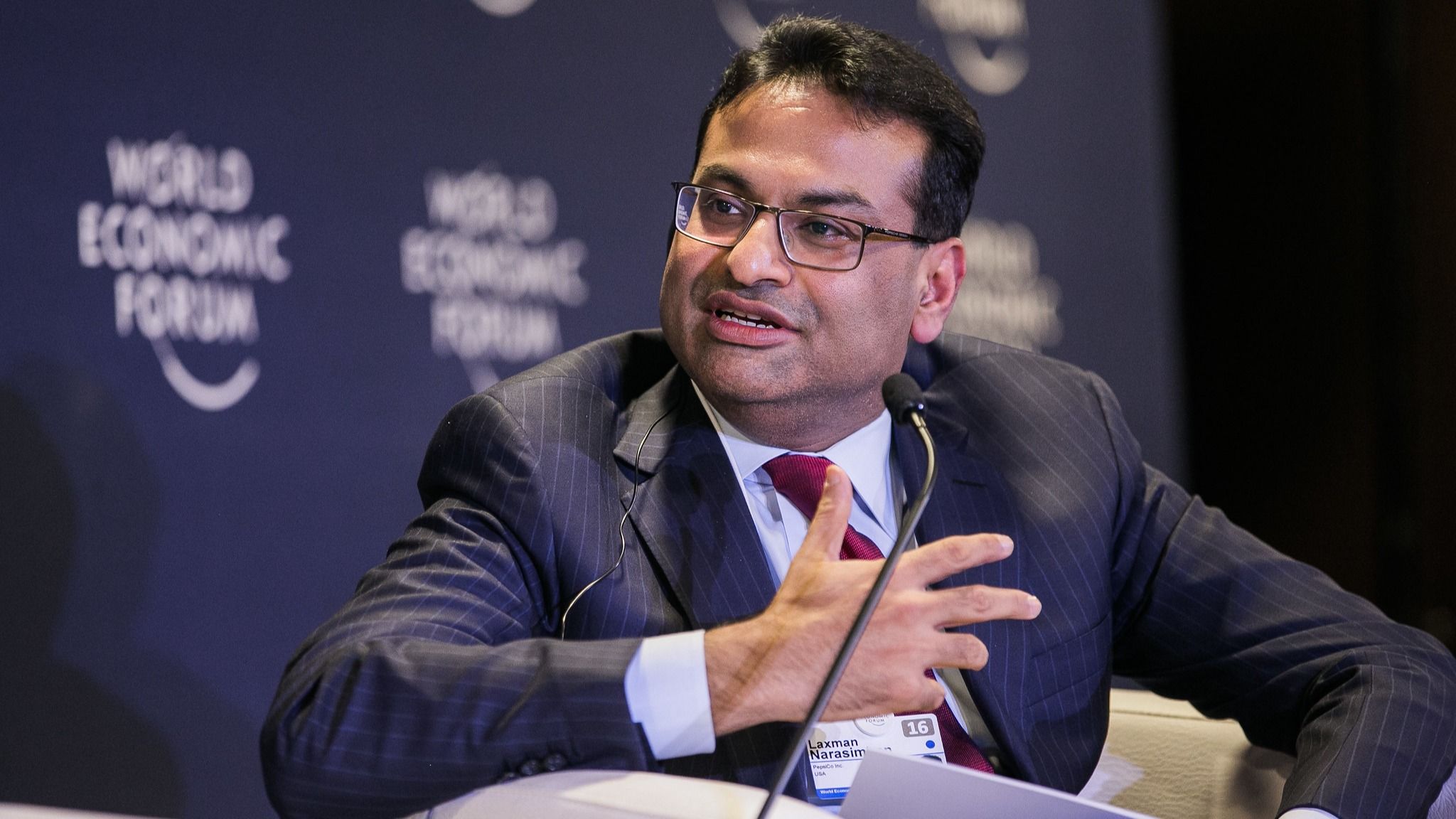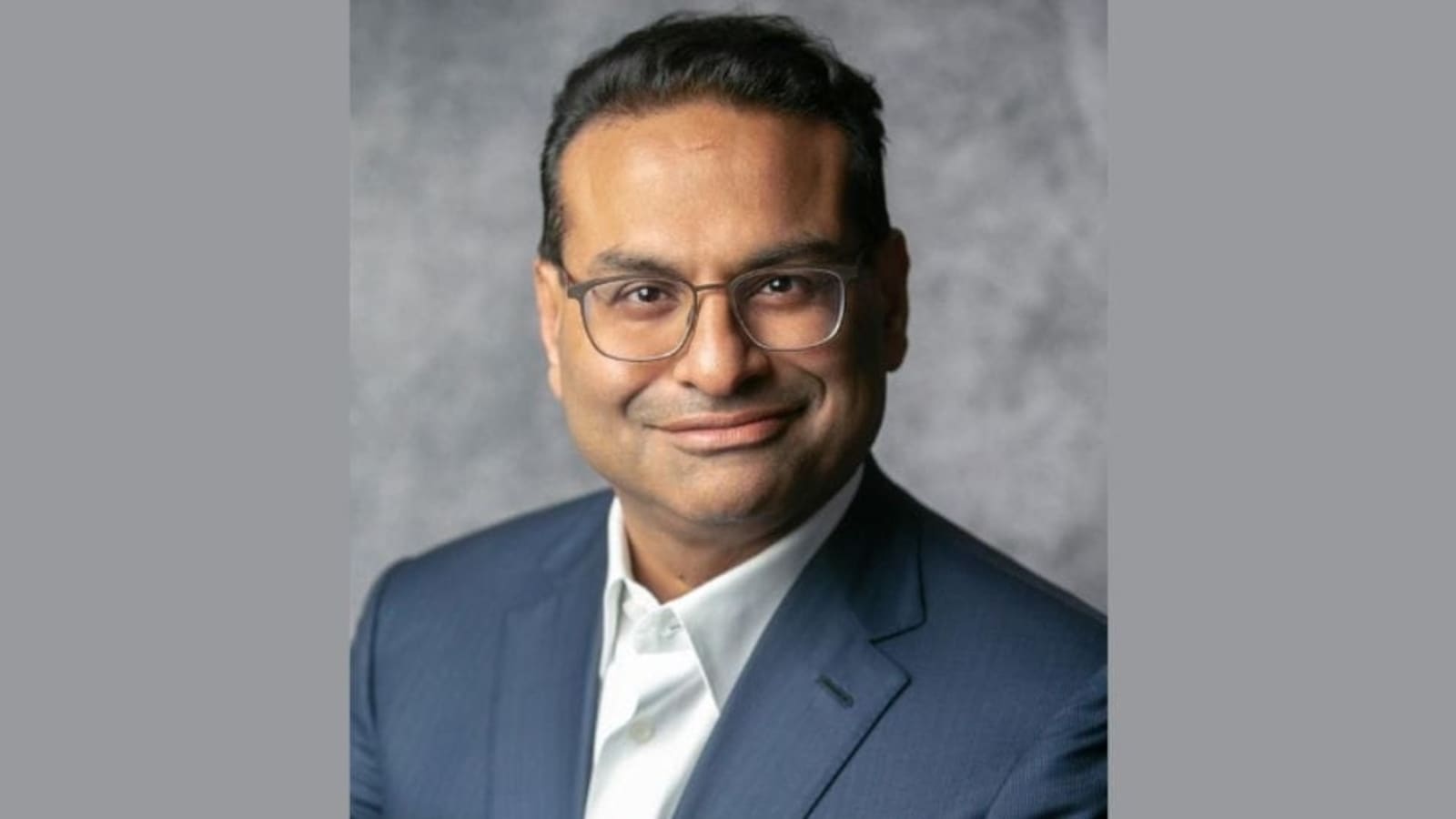Laxman Narasimhan’s Career Trajectory

Laxman Narasimhan’s career path is a testament to his strategic acumen and adaptability, having navigated diverse leadership roles across prominent multinational corporations. His journey, marked by a consistent drive for innovation and a deep understanding of consumer needs, offers valuable insights into his leadership style and management philosophies.
Key Roles and Achievements
Narasimhan’s career began at PepsiCo, where he honed his skills in marketing and strategy. His early experiences at PepsiCo provided a strong foundation for his later successes. He then transitioned to Reckitt Benckiser, a global consumer goods company, where he held several leadership positions, including Chief Strategy Officer. This period was marked by his significant contributions to Reckitt Benckiser’s growth strategy, particularly in emerging markets.
Narasimhan’s career trajectory took a significant turn when he joined Starbucks in 2019. As Chief Operating Officer, he played a crucial role in revitalizing the company’s operations, focusing on enhancing customer experience and streamlining processes. He spearheaded the implementation of several initiatives aimed at improving efficiency and profitability.
Leadership Style and Management Philosophies
Narasimhan’s leadership style is characterized by a collaborative approach, emphasizing teamwork and empowerment. He is known for his ability to inspire and motivate his teams, fostering a culture of innovation and continuous improvement. He believes in building strong relationships with stakeholders, including employees, customers, and investors.
His management philosophy is rooted in a data-driven approach, where insights are leveraged to inform strategic decisions. He prioritizes a customer-centric mindset, ensuring that all decisions are made with the customer’s needs and preferences at the forefront. Narasimhan’s commitment to sustainability and corporate social responsibility is evident in his approach to business.
Comparison with Other CEOs, Laxman narasimhan
Narasimhan’s leadership style shares similarities with other prominent CEOs in the consumer goods industry, such as Indra Nooyi, former CEO of PepsiCo, and Alan Jope, former CEO of Unilever. All three leaders emphasize a customer-centric approach, a commitment to innovation, and a focus on sustainability. However, Narasimhan’s leadership style is also distinct, characterized by his emphasis on data-driven decision-making and a collaborative approach to leadership.
“I believe that leadership is about inspiring people to achieve their best, and that starts with building trust and respect.” – Laxman Narasimhan
Narasimhan’s Leadership at Starbucks: Laxman Narasimhan
Laxman Narasimhan took the helm of Starbucks in October 2022, inheriting a company grappling with several challenges. These challenges included declining customer satisfaction, rising operational costs, and increasing competition from other coffee chains and independent coffee shops.
Addressing Challenges and Implementing Initiatives
Narasimhan’s leadership at Starbucks has been marked by a strategic focus on addressing these challenges and implementing initiatives to revitalize the brand and enhance its performance. He has prioritized several key areas, including:
- Customer Experience: Narasimhan has recognized the importance of improving customer experience. He has implemented initiatives to enhance the in-store experience, such as investing in barista training and technology upgrades to streamline ordering and payment processes. Starbucks has also focused on personalized offerings and loyalty programs to cater to individual customer preferences.
- Operational Efficiency: Narasimhan has emphasized operational efficiency to control costs and improve profitability. He has streamlined processes, implemented technology solutions, and explored ways to optimize supply chain operations. These efforts aim to improve productivity and reduce waste, contributing to a more sustainable and cost-effective business model.
- Innovation and New Products: Starbucks has always been known for its innovation in coffee and beverage offerings. Narasimhan has continued this tradition by introducing new products and flavors, expanding into new categories such as tea and plant-based options. This focus on innovation keeps Starbucks relevant and appealing to a wider customer base.
- Digital Transformation: Narasimhan understands the importance of embracing digital technologies to enhance customer engagement and optimize operations. Starbucks has invested in its mobile ordering and payment platform, expanded its online presence, and integrated digital tools to personalize customer experiences and streamline operations.
- Employee Engagement: Recognizing the crucial role of employees in delivering exceptional customer experiences, Narasimhan has focused on improving employee engagement and well-being. This includes initiatives to enhance training programs, offer competitive compensation and benefits, and create a positive and supportive work environment.
Impact on Financial Performance and Brand Image
Narasimhan’s strategic decisions have had a positive impact on Starbucks’ financial performance and brand image. For example, Starbucks has seen an increase in revenue and profitability, driven by improved customer satisfaction, operational efficiency, and successful product launches.
Future Directions for Starbucks
Narasimhan’s leadership is steering Starbucks toward a future characterized by continued innovation, digital transformation, and a focus on sustainability. The company is likely to continue expanding its global presence, exploring new markets and opportunities. Starbucks will also continue to invest in its digital platform, offering personalized experiences and leveraging data analytics to understand customer preferences and optimize operations. Furthermore, Starbucks is expected to focus on sustainability initiatives, reducing its environmental footprint and promoting ethical sourcing practices.
Narasimhan’s Impact on the Coffee Industry

Laxman Narasimhan’s leadership at Starbucks has undeniably left a mark on the global coffee industry, extending beyond the realm of mere business strategy. His approach, rooted in innovation, sustainability, and consumer-centricity, has set in motion a wave of transformation that is reshaping the coffee landscape.
Impact on Supply Chains and Sustainability
Narasimhan’s focus on sustainability has extended beyond Starbucks’ own operations to encompass the entire coffee supply chain. He has championed initiatives aimed at promoting ethical sourcing, fair trade practices, and environmental conservation. This commitment has translated into concrete actions, such as:
- Investing in farmer training and support programs: Starbucks has implemented programs to empower coffee farmers by providing them with resources, training, and financial assistance to improve their livelihoods and coffee quality. This approach not only enhances the sustainability of the coffee supply chain but also strengthens the relationship between Starbucks and its coffee-producing partners.
- Promoting sustainable agricultural practices: Starbucks has been actively promoting sustainable farming practices among its coffee suppliers, encouraging them to adopt methods that conserve water, reduce pesticide use, and protect biodiversity. This commitment to sustainable agriculture has a positive impact on the environment and contributes to the long-term health of the coffee industry.
- Reducing carbon footprint: Starbucks has set ambitious goals to reduce its carbon footprint across its operations, including sourcing, production, and distribution. These efforts contribute to mitigating climate change and promote a more sustainable coffee industry.
These initiatives have not only improved the lives of coffee farmers and the environment but have also resonated with consumers who increasingly value ethical and sustainable products.
Narasimhan’s Approach to Innovation and Product Development
Narasimhan’s approach to innovation and product development is characterized by a relentless pursuit of excellence and a deep understanding of evolving consumer preferences. He has spearheaded the introduction of new beverages, brewing methods, and innovative concepts that have redefined the coffee experience.
- Focus on personalization and customization: Narasimhan has emphasized the importance of offering a personalized coffee experience to cater to diverse tastes and preferences. Starbucks has introduced a wide range of customization options, allowing customers to personalize their beverages with different milk alternatives, syrups, and toppings.
- Investment in technology: Narasimhan has recognized the transformative power of technology in enhancing the coffee experience. Starbucks has invested in mobile ordering and payment systems, personalized recommendations, and innovative brewing technologies to create a seamless and engaging customer journey.
- Experimentation with new formats and concepts: Starbucks has been experimenting with new formats and concepts, such as drive-thru stores, smaller-format stores, and mobile-only outlets, to adapt to changing consumer behaviors and preferences.
Narasimhan’s approach to innovation has been instrumental in driving growth and maintaining Starbucks’ position as a leading player in the coffee industry.
Hypothetical Future Developments
Narasimhan’s vision for the future of coffee is one where technology and sustainability are intertwined to create a truly transformative experience. Imagine a future where:
Starbucks utilizes artificial intelligence (AI) to personalize coffee recommendations based on individual preferences and health goals, offering customized blends tailored to specific dietary needs.
Starbucks integrates blockchain technology to ensure the traceability and transparency of its coffee supply chain, allowing consumers to track the journey of their coffee beans from farm to cup.
Starbucks partners with leading technology companies to develop immersive virtual reality (VR) experiences that transport customers to coffee farms around the world, fostering a deeper connection with the origins of their coffee.
These hypothetical scenarios illustrate the potential for Narasimhan’s leadership to shape the future of the coffee industry, driving innovation, sustainability, and a deeper connection between consumers and their coffee.
Laxman Narasimhan, the new CEO of Starbucks, is no stranger to the world of consumer goods. He’s got a track record of success at PepsiCo and Reckitt Benckiser, so he’s bringing a wealth of experience to the ceo of starbucks role.
Narasimhan’s focus on innovation and customer experience will be key as he navigates the ever-changing landscape of the coffee industry.
Laxman Narasimhan, the new CEO of Starbucks, is known for his strategic thinking and his ability to drive growth. His approach to leadership, however, might be more akin to the vision of Brian Niccol, the director behind films like “Gattaca” and “In Time,” who explores the complexities of societal structures and the individual’s place within them.
Brian Niccol’s Wikipedia page delves into his fascinating filmography, which, like Narasimhan’s leadership style, challenges the status quo and pushes boundaries. Perhaps Narasimhan’s leadership at Starbucks will be just as innovative and thought-provoking as Niccol’s films, leaving a lasting impact on the coffee giant and its customers.
